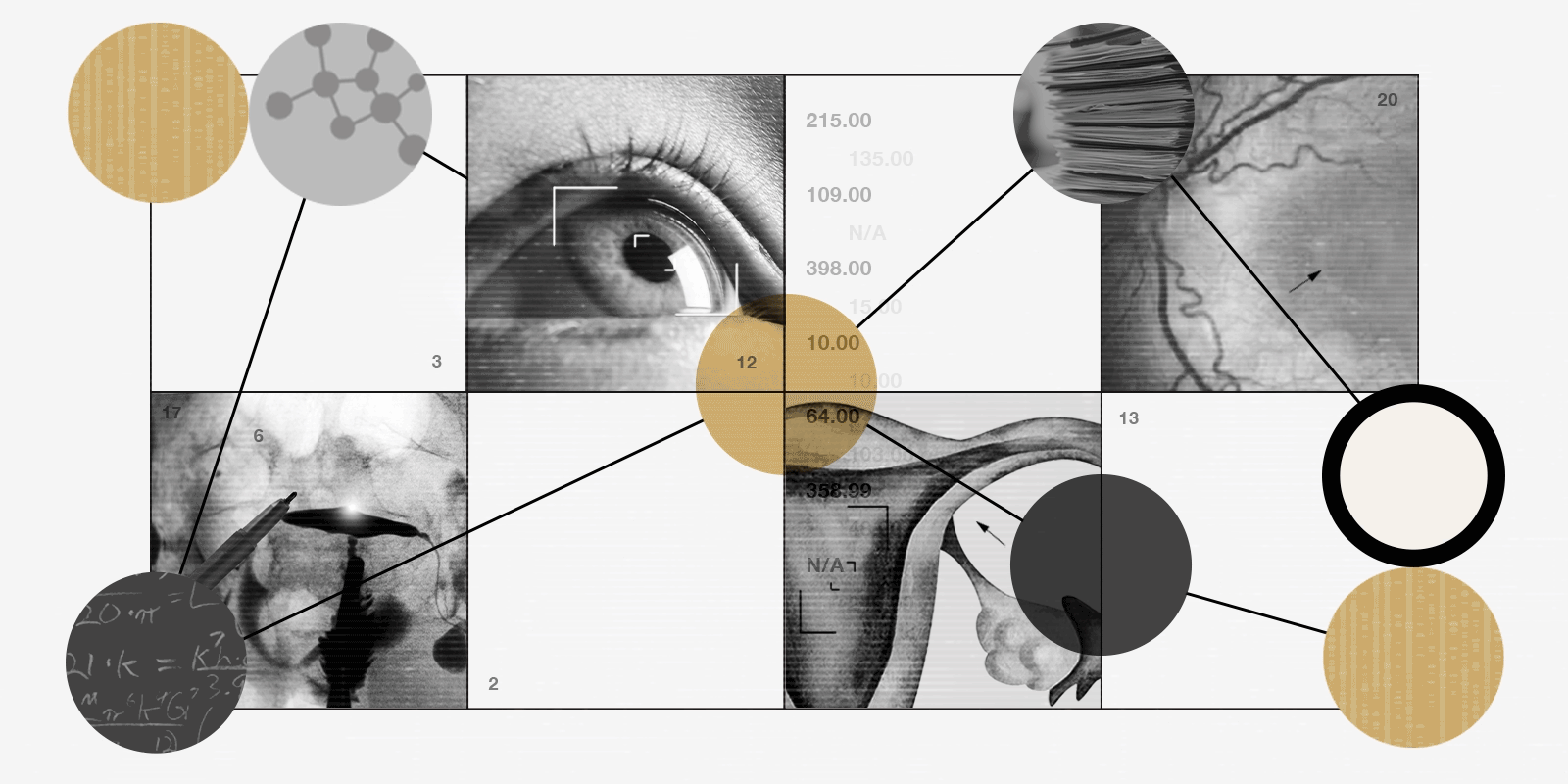Artificial intelligence (AI) research led by a University of Colorado School of Medicine professor may help clinicians more easily diagnose two conditions: cervical cancer and an infant eye disease that can lead to blindness.
Jayashree Kalpathy-Cramer, PhD, professor and chief in the Division of Artificial Medical Intelligence in Ophthalmology, has had a long-standing interest in how AI technology can improve diagnoses of both diseases. Formerly at Massachusetts General Hospital in Boston, Kalpathy-Cramer collaborated on numerous studies that incorporate and analyze how specialized AI models can assist the diagnostic process of these conditions, particularly in middle- and low-income countries.
“I have worked in AI applications in radiology and ophthalmology for many years, well before it became a hot topic,” she said. “After I gave a talk at a conference about some of the challenges in developing and deploying robust AI algorithms, some colleagues from the National Cancer Institute (NCI) reached out to me saying they had encountered similar technical challenges, and we began collaborating on AI in cervical cancer.”
This story is the third article in an ongoing series on artificial intelligence in the health sciences. See other articles in series.
Cervical cancer cases and deaths occur in areas that lack resources for effective cervical cancer screening and management, including areas in Latin America, Asia and Africa. When screening and treatment is not available, many women are diagnosed at later stages of the disease when fewer treatment options exist, according to Kalpathy-Cramer.
Novel diagnostic strategy tested in 50,000 women
Recognizing these challenges, she joined her colleagues in the HPV-AI assisted Visual Evaluation (PAVE) Consortium, which developed a new strategy for cervical cancer screening in resource-limited areas. The group has published multiple studies on the work, including an article in the Journal of the National Cancer Institute in March.
“It’s a project that I think has really great potential, and it’s important to me to see it through,” Kapalthy-Cramer said.
“If someone tests positive for HPV, you do a visual exam of their cervix. But we and others have shown that clinicians have a lot of different opinions on whether something looks concerning. Our goal with AI is to assist that diagnostic process.”
–Jayashree Kalpathy-Cramer
Researchers have tested the approach retrospectively in 50,000 women. The strategy focuses on better identifying patients at highest and lowest risk for cervical cancer, so that time and resources can be channeled toward those at highest risk. Twelve HPV genotypes have been causally associated with cervical cancer. The cancer risk varies substantially by genotype; the highest risk type (HPV 16) causes over 50% of cancers, while the lowest risk types cause only 1-2% of cancers. In addition, precancerous changes can be visualized as white patches on the cervix after the application of acetic acid, and AI has been trained to identify concerning features in a digital image.
By combining HPV testing that indicates the genotype of HPV, along with visual examination of the cervix aided by an AI algorithm, the approach helps identify the most concerning cases that need to be followed or treated.
“If someone tests positive for HPV, you do a visual exam of their cervix,” Kalpathy-Cramer said. “But we and others have shown that clinicians have a lot of different opinions on whether something looks concerning. Our goal with AI is to assist that diagnostic process.”
The AI model, called AI-assisted visual evaluation, was trained to recognize concerning signs by gleaning details from photographs of normal and abnormal cervices and data collected over many years by the NCI. The algorithm is incorporated into a relatively low-cost camera device that assists clinicians with their visual inspection by classifying the cervix appearance as severe, intermediate or normal.
The combination of HPV genotyping along with visual evaluation predicts whether women have precancer and identifies those in greatest need of follow-up and treatment. Kapalthy-Cramer emphasized that the technology will not replace clinicians, who still need to perform the exam, take the photographs, and perform treatment when needed, and that researchers still need to conduct additional studies to validate the safety and reliability of the algorithm.
“We hope that with a well-trained model, we can get a more consistent assessment of risk,” she said. “And although we initially focused on low- and middle-income countries, we hope to use it across all settings in ways that are best suited locally.”
Helping prevent infant blindness
Kalpathy-Cramer and colleagues (John Peter Campbell, MD, MPH, at Oregon Health & Science University, and Michael Chiang, MD, at the National Eye Institute) also collaborated over the past decade on developing an AI algorithm that assists with diagnosis of retinopathy of prematurity (ROP), a leading cause of blindness in infants who are born prematurely. ROP is much more common in lower-income countries, often because of insufficient screening. The condition can be treated and blindness prevented if it’s detected early.
“ROP is a serious problem in many parts of the world because while more premature babies are surviving, they may not receive proper amounts of oxygen after birth, which can lead to the condition,” Kapalthy-Cramer said. “ROP monitoring needs to begin in premature babies around age 32 weeks.”
In a recent JAMA Ophthalmology article, the researchers published findings on the effectiveness of using their AI-based screening through telehealth to detect and categorize the severity of ROP.
Clinicians diagnose ROP by assessing the blood vessels in the back of the eye. If the vessels are highly twisted and dilated, the disease is considered to be more severe and should be treated. Like the cervical cancer approach, researchers used extensive ROP photographs collected over the years to train an AI algorithm that helps clinicians diagnose the condition by assigning a severity score.
A lower score indicates the appearance is not concerning, while a medium score recommends monitoring it. A high score suggests that treatment should be considered. ROP treatment ranges from laser therapy to injected medication to surgery. This AI model already is commercially licensed, although it is not yet clinically available. Still, Kapalthy-Cramer is optimistic about its promise.
“We have many studies from the U.S., India and other parts of the world that show the algorithm is effective,” she said. “It really improves consistency of the diagnostic process.”




